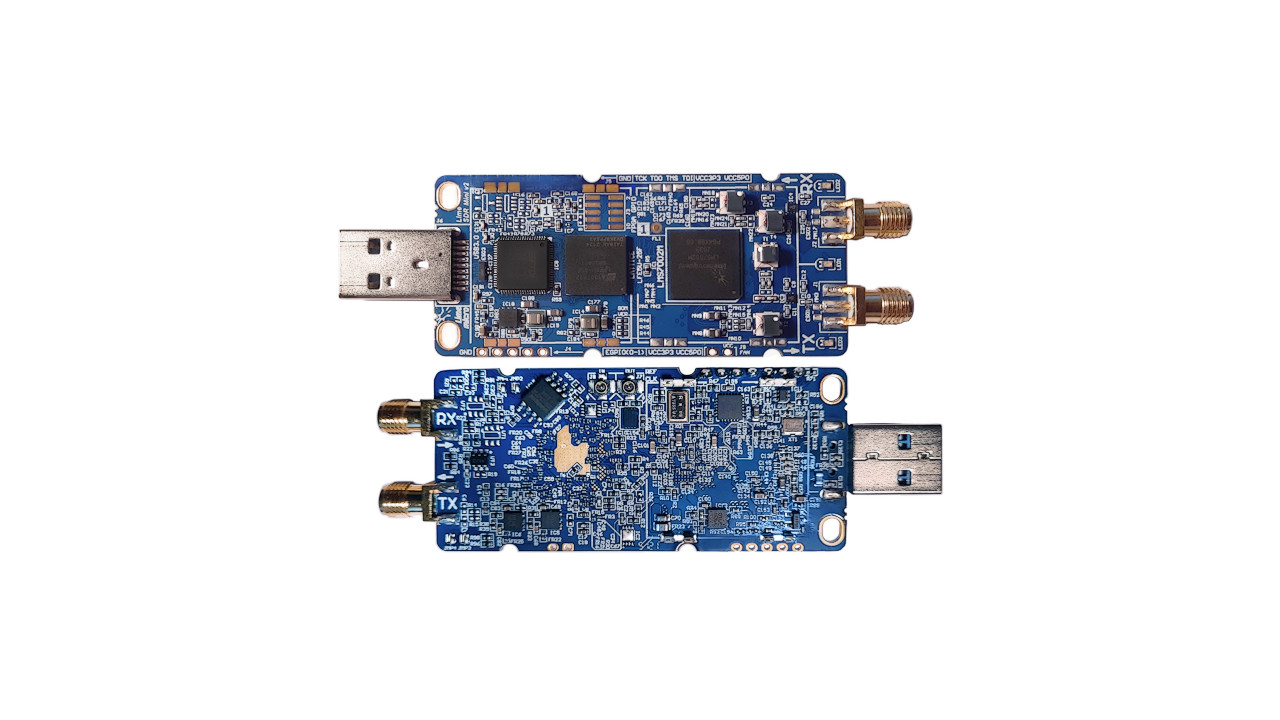Lime Microsystems is preparing to launch a successor to the popular LimeSDR Mini, its smallest yet fully-featured open-source software defined radio – bringing a larger field-programmable gate array (FPGA) for projects looking to perform operations on-device and ease the load on the host processor.
The original LimeSDR Mini launched in 2017 as a more compact and lower-cost alternative to the LimeSDR USB, based on the same LMS7002M field-programmable radio-frequency (FPRF) chip but with only single-channel full-duplex operation to its bigger stablemate’s dual-channel full-duplex operating mode.
Its successor, the LimeSDR Mini 2.0, retains the same LMS7002M at its heart but moves from the Intel MAX 10 FPGA to a Lattice Semiconductor ECP5 – dramatically increasing the number of programmable logic gates on-board from 16k to 44k, more even than the LimeSDR USB.
In doing so, the new board unlocks the potential for running a range of workloads directly on-device by customising the open-source gateware made available to all users. Whether it’s adding signal detection capabilities, noise-reduction processing, or filtering, the extra capacity in the FPGA provides room for experimentation.
Elsewhere, the specifications of the new board remain the same – matching feature-for-feature the radio functionality of the original LimeSDR Mini, including its support for operation between 10 MHz and 3.5 GHz, full-duplex reception and transmission, 40 MHz of radio-frequency bandwidth, and a USB 3.0 interface to a host device.
Those interested in learning more can sign up to be notified on Crowd Supply now.
